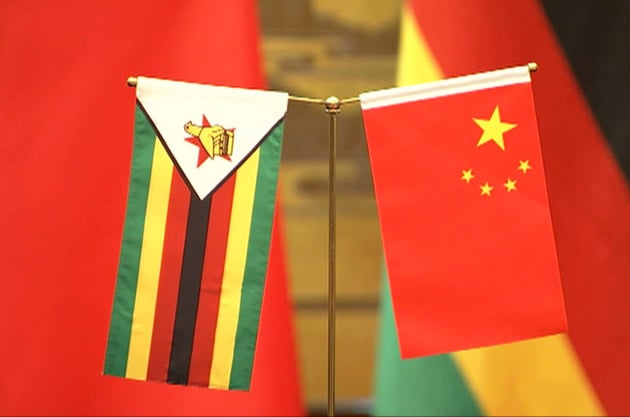Presentation by China’s Ambassador to Zimbabwe, His Excellency Guo Shaochun during a Zimpapers editors’ workshop
It’s an honour to join you for this workshop. I’m sure the discussion today will be very rewarding.
Zimbabwe already has a remarkable degree of administrative decentralisation. There is strong political will from the very top, from the State leader; there is a legal and institutional framework governing devolution; our workshop today also shows there is strong public interest in devolution. I would like to commend the achievements made so far by the Zimbabwean Government in decentralisation for the well-being of its population across the country.
We also acknowledge that like other countries, Zimbabwe still faces some challenges in devolution, such as clarity on the roles and responsibilities of the three tiers of Government, adequate resourcing of the sub-national authorities, and efficiency in policy execution.
China has gone a long way in trying to address some similar challenges. I hope my remarks today will offer you some food for thought.
I am going to focus on three questions.
How did China delegate powers to the lower levels of governments? How did China manage the issue of funding? And how did China make sure devolution delivers its desired result?
First, the powers. Like the Zimbabwean Government, China took a gradualist approach in devolution, starting from the Special Economic Zones in Shenzhen, Zhuhai, Shantou and Xiamen, and expanded step by step to more coastal cities, new development areas, and then across the country.
The Special Economic Zones were given the powers to formulate their own development plans, give access to foreign investments, conduct industry and commerce registration and land allotment, and decide on fixed asset investment, foreign trade and foreign exchange, pricing, and resources allocation. To draw a clear boundary on the roles of responsibilities of different levels of governments, the government created four lists — the list of powers, of responsibilities, a negative list, and a list of service provision. This information is available to all in tables and forms to receive public scrutiny.
In recent years, with the development of technology, big data and cloud computing are also used to monitor government activities. The devolution process is not a one-way traffic, but an interaction between the central and other levels of governments. Provincial and local authorities may negotiate what powers are delegated, in light of their local conditions.
Meanwhile, the central government is careful about retaining some important powers. For example, when Guangdong Province became home to special economic zones, it gained the power to approve foreign investment projects. But if a proposed light industry project exceeds 30 million RMB, or a heavy industry project goes above 50 million, Guangdong Province would still need permission from the central government. This makes the central government the gatekeeper for major economic activities to avoid overheating and redundant capacity and ensure equitable growth across regions.
Second is funding. Understanding the critical importance for funding to follow functions, China delegated significant fiscal powers to the sub-national levels in the early stage of its reform. Before the early 1990s, the central government did not have its own tax collection agencies. Taxes were collected by local governments and then partly transferred to the central government by a set ratio. Over time, this arrangement began to produce problems. The central government did not have enough fiscal resources for macro control.
In 1994, China established a tax-assignment system. Taxes were divided into three distinct categories: central, local, and shared. Central taxes would go into the central coffer, and local taxes into local budgets. As for the shared taxes, they were divided between the central and provincial governments, according to some established formulas. For instance, 75 percent of VAT revenue belonged to the central government and the remaining 25 percent to the provincial ones. Since then, the revenue-sharing arrangement has been undergoing constant improvements.
Today the central and provincial governments share income tax by a ratio of 60:40 and VAT by 50:50. Environmental tax belongs completely to local governments to encourage on-the-ground actions. A more sophisticate fiscal transfer system has also been put in place. Last year, the central government transferred 67.9 percent of its disposable revenue to local governments, and 36.5 percent of local government spending was funded by the central fiscal transfer. In total government revenue, the central government accounted for 46.9 percent.






